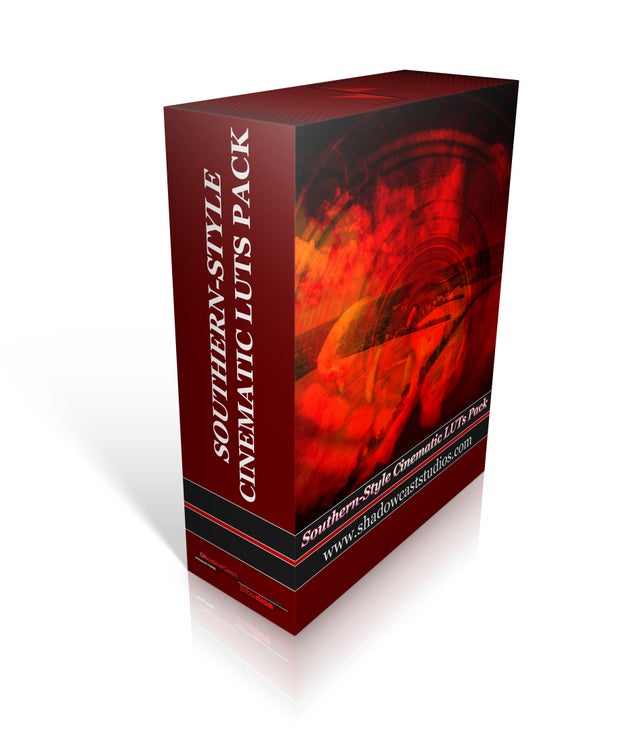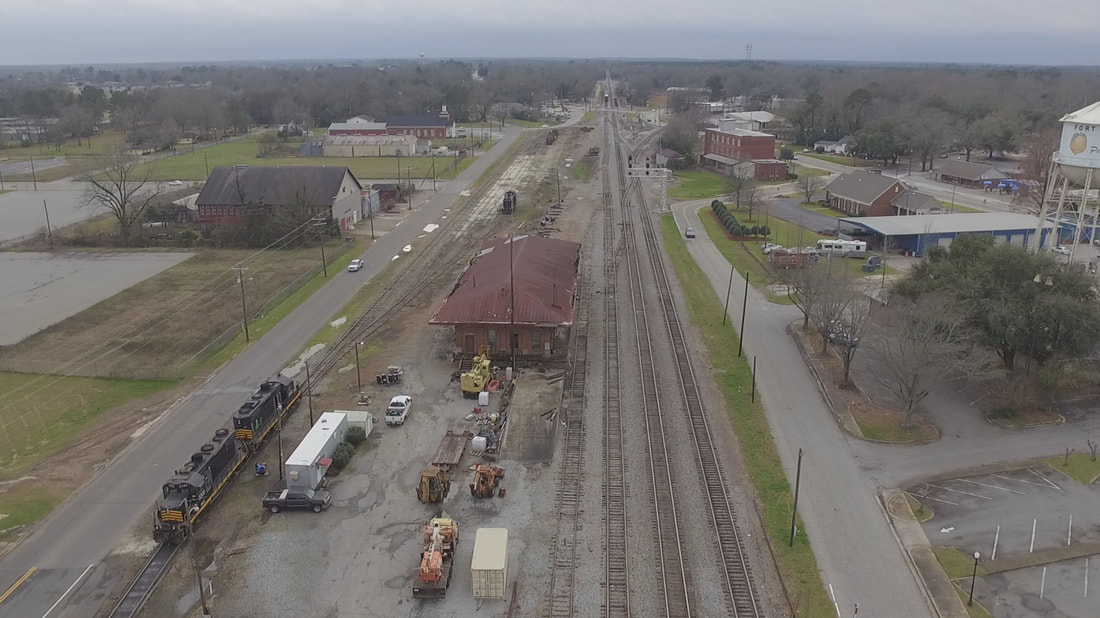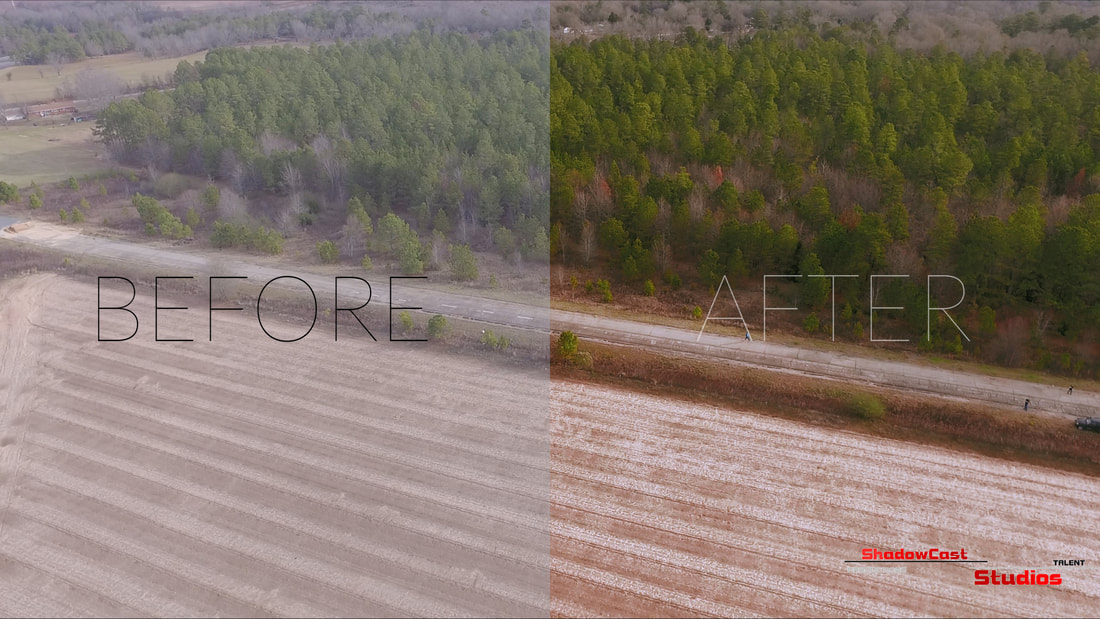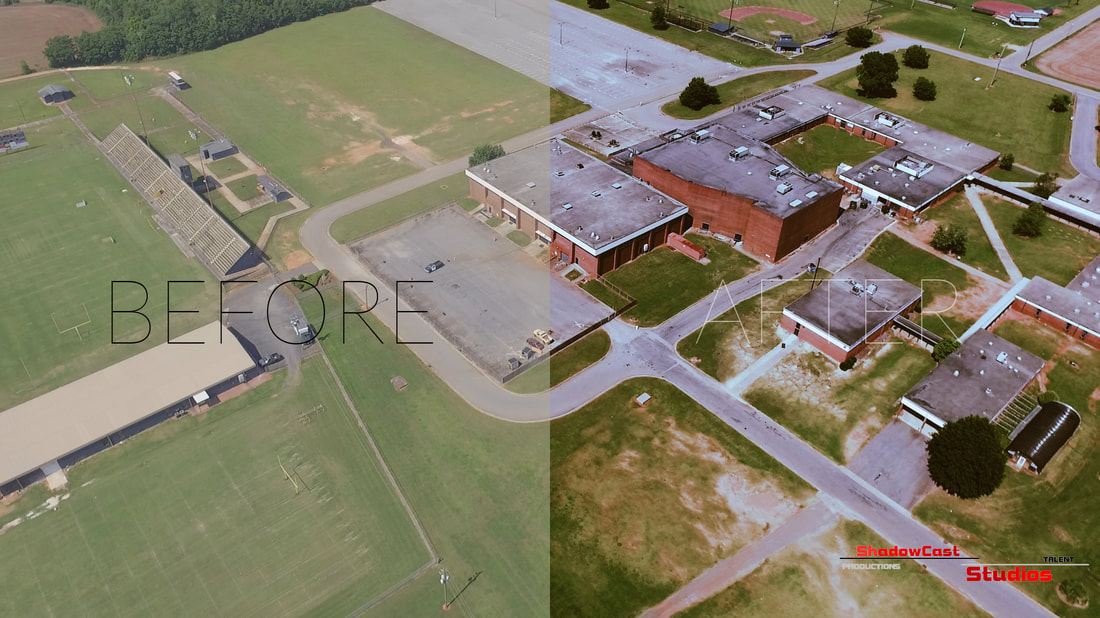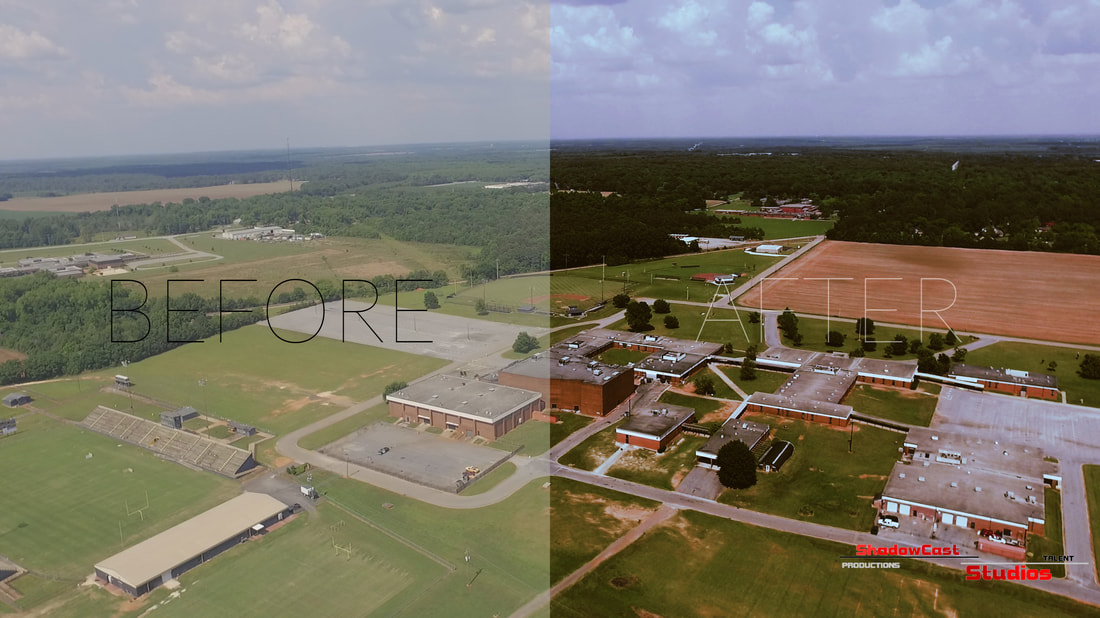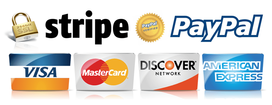- Editing Assets
- >
- Video Assets
- >
- LUTs
- >
- Five Southern-Style LUTs Pack
Five Southern-Style LUTs Pack
We got y'all some fancy LUTs here!
Our Southern-Style LUTs Pack serves you up five good old homemade grades with a down-home, southern feel! These LUTs were originally designed to enhance countryside and rural small-town shots, settings which are very common here in Middle Georgia. However, you will find them useful in many other projects as well. For example, we were using some of them to grade scenes in our paranormal thriller film, Finders-Keepers.
This pack includes 12 .cube format LUT files total. Five LUTs with two variants of each (Log and Rec 709 variants), PLUS a BONUS LUT which also has Log and Rec 709 color space variants!
To learn more about the color space variants and their uses, check out the FAQ further down on this page.
Download Includes:
- Southern Sunset LUT - Rec 709
- Southern Sunset LUT - Log
- Back Roads LUT - Rec 709
- Back Roads LUT - Log
- Small Town Feel LUT - Rec 709
- Small Town Feel LUT - Log
- Farmlands LUT - Rec 709
- Farmlands LUT - Log
- Georgia Clay LUT - Rec 709
- Georgia Clay LUT - Log
- BONUS LUT - Faded Southern Sunset - Rec 709
- BONUS LUT - Faded Southern Sunset - Log
See what these LUTs can do in the before and after photos below!
Before & After
FAQ
A Log color space is a feature mainly found in cinema cameras and high-end DSLRs. Log color spaces produce very flat colors. This means the footage requires more color correction in post-production, but also gives you more room to work with the color and look of the footage. With color correction, you can get more dynamic range out of Log footage. Different manufacturers have their own Log color spaces, for example, Canon's C-Log, DJI's D-Log, etc. Again, not all cameras have a Log color space option. Using a Log color space is only recommended if you are planning on color correcting your footage and know how to do so. If you've never worked with Log footage before, it's best to practice color correcting it before using filming an actual production in Log.
If your footage looks really flat and desaturated straight out of camera though, your camera may be set to a Log color space. Check online or reference your camera's user manual to see if your camera is able to film in Log, and if it is, then search for how to find the color space settings. There you'll be able to see what color space the camera is set to.
If you know you are filming in a Log color space, then you can use the Log variants to both correct and grade your footage all with one LUT. The Log variant of each LUT will give you a good starting point which you can tweak to your liking. No two shots are the same, and LUTs will almost always require some tuning to get it right with your footage. If you want a more specific correction without manually correcting your Log footage, you can probably find a free technical LUT for your particular camera's Log color space. Do a web search for free technical LUTs for your specific Log color space. For example, "Canon C-Log to Rec 709 free luts" just replace "Canon C-Log" with your camera's Log color space name. Once you apply a correction with a technical LUT, use the Rec 709 variants to apply the grade to your footage. Using the Log variants on top of an existing Log correction produces ugly results with blown-out and over-saturated colors. This is the same if you are filming in Log but prefer doing your color correction manually. Use the Rec 709 variant to apply only the grade after you finish your corrections.
NOTE: As we mentioned above, all shots are different, and therefore you shouldn't just drop LUTs on your footage and move on. Whether you're using our LUTs or anyone else's, always tweak the look to fit your footage and don't forget to match the look from shot-to-shot. It may need to be dialed back or turned up, it just depends on the shot and the visual you are trying to create!

